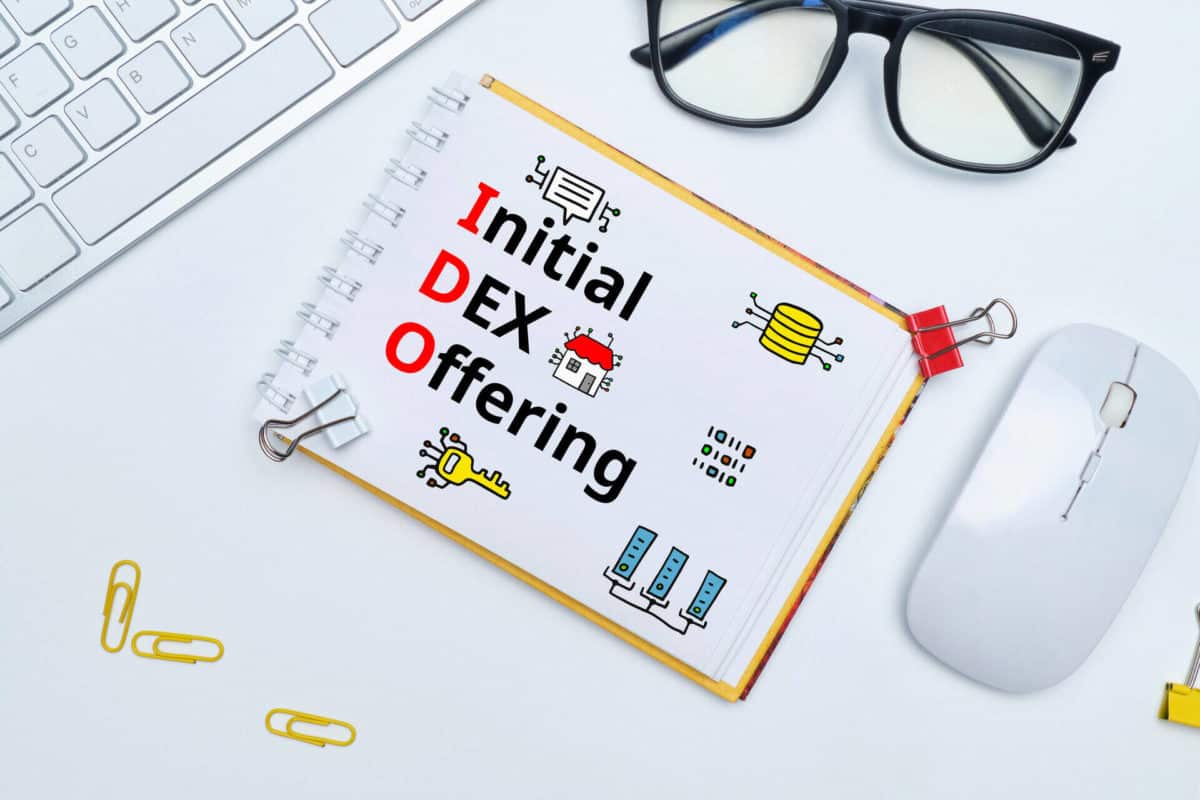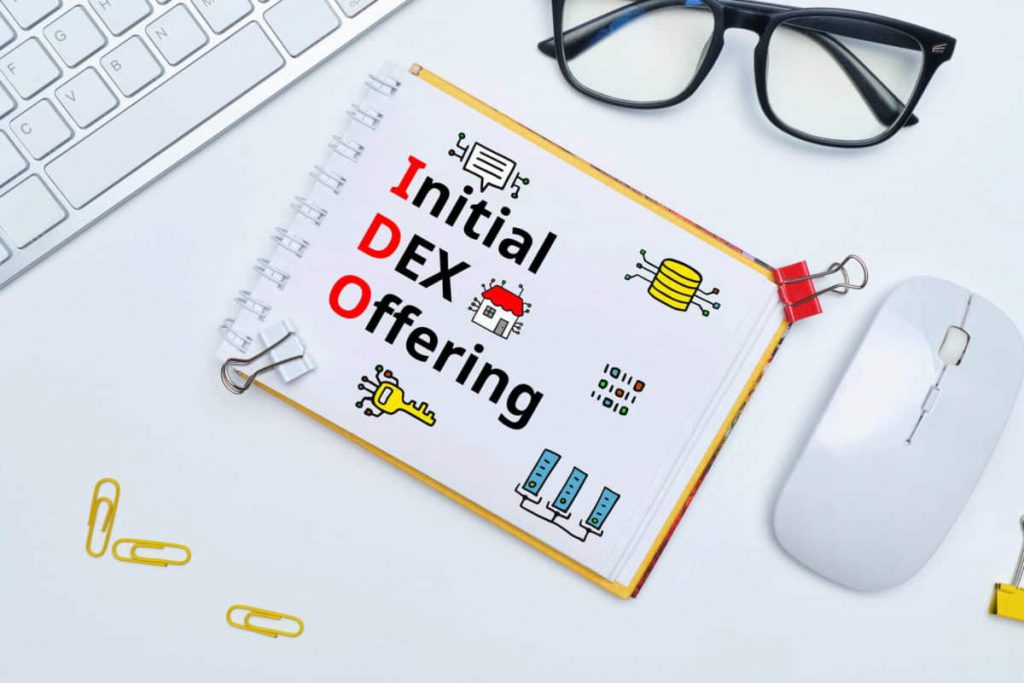
IDO vs ICO – modern finance explained
In the blockchain technology and cryptocurrency world, enthusiasts are always eager to find new ways which can help them acquire a new source of raising funds and bootstrapping their projects. These crypto devotees aim to find the best way to help them solve the dependency of financial models and platforms. But what does ido vs ico have to do with it?
Before we get to the point of ido vs ico term and what it represents, we’d like to point out that there’s obviously been an increase of interest in the decentralized listing of tokens in the last couple of months. The main reasons for that are the higher cost efficiency and lack of restrictions on buying tickets on DEXs.
So, now we’ve come to the term “DEX” that we’d like to introduce you to before getting to know the most significant differences between ido vs ico. Let’s get to know the true meaning of the acronym “IDO,” shall we?
What is IDO – explanation of Initial Dex Offering
As we’ve mentioned above, for those who are wondering what IDO is, the term “ido” is an acronym that refers to the Initial Dex Offering. It is token crowdfunding sales that are happening on decentralized exchange platforms rather than cryptocurrency exchange or centralized fundraising platforms.
The most prominent and the earliest Initial Dex Offering were built on the famous Ethereum blockchain. Through it, any project related to cryptocurrency can launch its token’s public debut on a DEX. Retail investors are very interested in DEX because of it.
A successor to IEOs and ICOs
Over the years, the DEX offerings have shifted excessively. However, if we are speaking of the current version of it, it’s almost nothing to do with what IDO represented in the past. In its essence, it’s crucial to understand that the DEX offering means a successor to IEOs and ICOs because it aims to raise funds and bootstrap a project.
Nevertheless, with IDOs, the tokens are listed right away on a decentralized exchange, or DEX if you prefer. That’s why it’s got its name. It’s unlike IEOs and ICOs, where tokens are sold before the listing.
The brief history of IDO
If we go back in time, the first-ever Initial Dex Offering took place on Raven Protocol in June 2019. The team’s main goal behind the protocol is to use the Binance DEX, Binance’s decentralized exchange.
What’s happened there is that the team has put up the token at a specific price, so the traders were able to buy it until reaching the hard cup, and that’s precisely how the first Initial Dex Offerings took place on numerous platforms across the world.
What were the benefits of this type of fundraising?
To understand IDO in the best way possible, if anyone wants to buy tokens on dex, it’s essential to know its most impressive benefits. These are:
- Immediate liquidity
- Fast trading
- Fair and open fundraising
Be it as it may, many investors were not so happy. The main reason for that is because these particular token sales would pretty much get brought up in a matter of a few seconds. That leaves no chance for an average individual to participate and get a share.
Insiders and bots picked them up. Therefore the whole industry had to adapt to satisfy what happened to be the growing demand. That’s why IDO launchpad platforms were born. It was one of the most popular topics in early 2021.
IDO vs ICO – what you need to know about it
Before we get to explain the main differences between IDO vs ICO, we would like to introduce you to the term “ICO.” Whether you’ve known it or not, ICO represents the Initial Coin Offering, a type of funding using cryptocurrencies. It’s a crypto equivalent of the Initial Public Offering. For instance, a company that aims to raise money to create a new app, coin, or service will launch ICO to raise some funds.
Now that you’ve understood the fundamentals of Initial Coin Offerings, you need to know that Initial Dex Offering represents several vital benefits over Initial Coin Offering beyond the decentralization ethos.
In the first place, DEX provides immediate trading, frictionless liquidity, and, most importantly, lower listing costs without restricting users. IDOs are more transparent, open, and an excellent way to launch a new crypto project than the pre-mined Initial Coin models of the past. These ICO models have rewarded founders over sufficient community distribution.
IDOs, in contrast to ICOs, have a shallow market cap, following the public listing. It’s because of the vesting period for any private investors and the small amount of money raised from the actual Initial Dex Offering, where each participant took a small allocation.
ICO tokens
It’s essential to remember that ICO tokens are very minted after the sale. It takes place on the company’s website. It all costs a lot since the issuer will need an exchange listing, which costs from $100,000 to a few million dollars.
The benefit of IDO tokens
On the other hand, a benefit of IDOs is that the token is immediately listed on the decentralized where the offering occurred by their nature. Therefore, even top Initial Dex Offerings have far less liquidity than numerous other centralized exchanges. They tend to be more challenging to use, and that might keep potential buyers far away.
What do ICOs and IDOs have in common?
To understand the whole “ido vs ico” thing, it’s good to know what they have in common. There’s one particular thing that needs pointing out. It’s the reliability of the knowledgeable community of activists to vet the offerings.
It will either build a community and provide real decentralization or a weak point that leaves prospective buyers short on any information.
What is the issue behind the IDO vs ICO debate?
The ido vs ico debate also has its issues. Since the shares of IDOs are immediately tradable, it’s important to note that there is no way to impose the lock-up periods that ICos have frequently been using.
Very often, ICos offer early investors and insiders sympathetic terms which aren’t available to regular buyers. In the confines of a smart contract-controlled IDO, that’s not pretty much doable.
The top three benefits of IDO vs ICO
In conclusion, we’ve prepared you the top three benefits of Initial Dex Offering versus Initial Coin Offerings:
- Many marketing efforts are shared by platform or project instead of being born from the project alone
- They are more stable since investors aren’t receiving all tokens right away. It decreases the size of sell-offs
- The listing of a token on the DEX is happening immediately after the sale.


